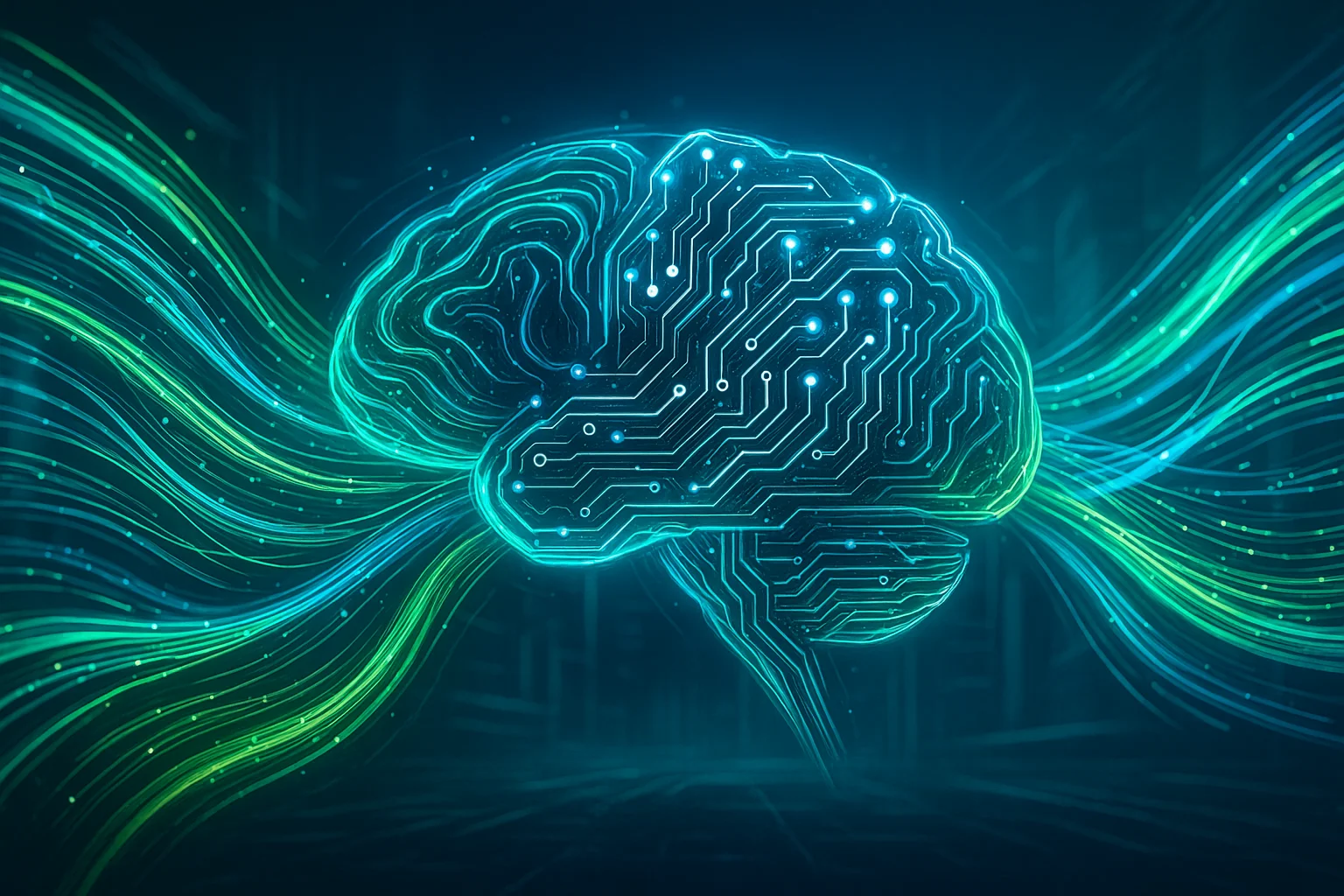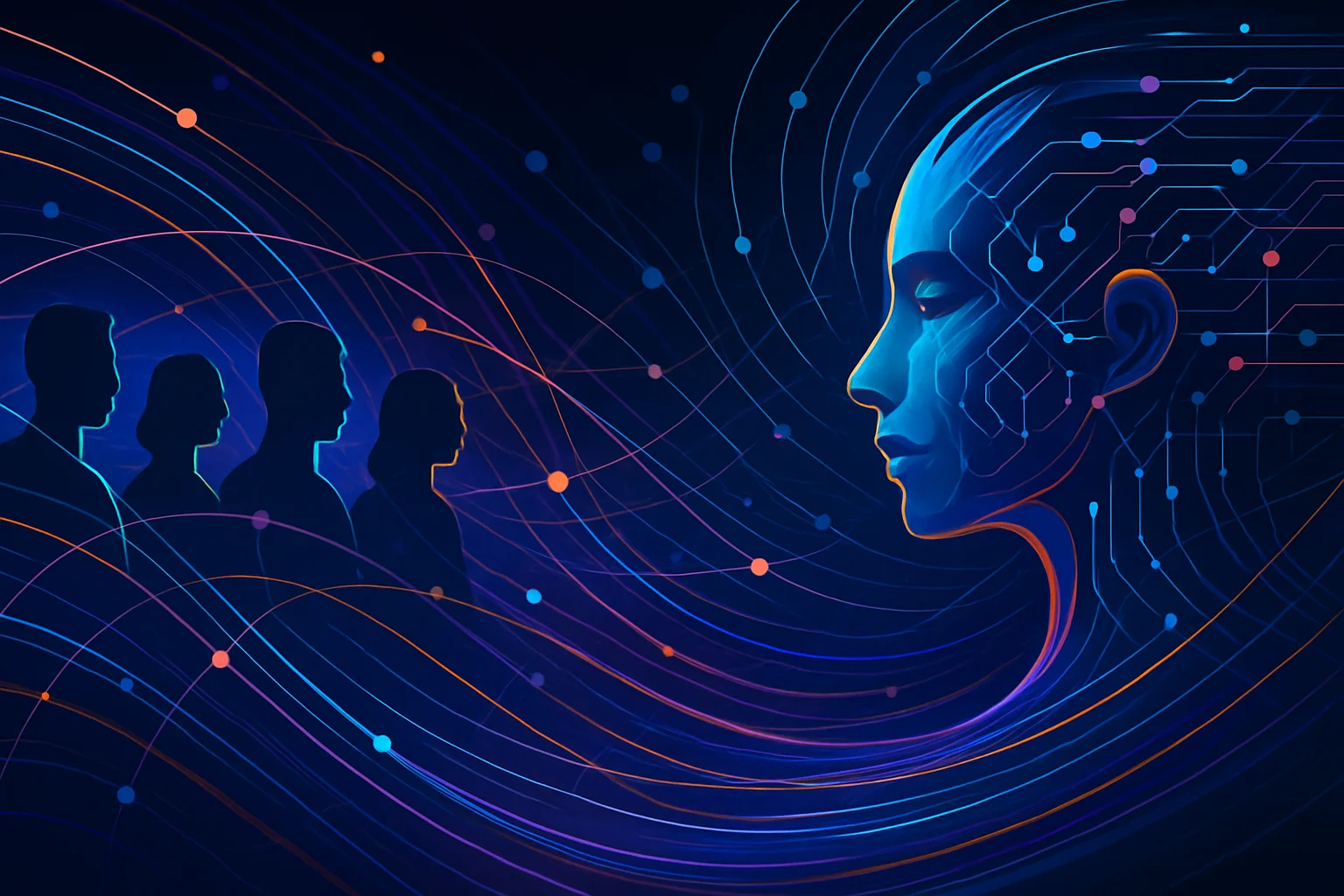By 2025, the integration of AI into marketing teams is not just a trend, it's a necessity. Most teams fail to harness AI's full potential not because they lack the technology, but because they haven't restructured around AI-first workflows. This shift from treating AI as a tool to embracing it as an integral team member is redefining roles, processes, and value creation across marketing functions. As we explore in our complete AI marketing agents guide, understanding and adopting AI as a core component of your marketing strategy is crucial for staying competitive.
What This Article Covers
- How to transition from AI as a tool to AI as a team member.
- The organizational and cultural shifts needed for AI adoption.
- Practical frameworks for integrating AI into marketing workflows.
- Real-world examples of AI-enhanced marketing teams in action.
- A step-by-step guide to implementing AI agents in your marketing strategy.
The Evolution of AI in Marketing Teams
From Tool to Team Member
In the past, AI was often seen as a supplementary tool—something to experiment with on the side. However, as generative AI matures, marketing teams are embedding AI agents into their core workflows. This shift is not just about technology adoption; it's about cultural and organizational transformation. AI agents are now collaborators, handling repetitive tasks and data analysis, allowing human marketers to focus on strategy, creativity, and decision-making.
The 4-Layer AI Integration Model
To successfully integrate AI into marketing teams, consider the 4-Layer AI Integration Model:
- Data Layer: Ensure customer and behavioral data is unified and accessible for AI modeling.
- Intelligence Layer: Utilize large language models and machine learning pipelines to empower AI agents.
- Orchestration Layer: Implement platforms that manage task routing between AI agents and human teams.
- Execution Layer: Integrate AI with existing tools like CMS, CRM, and analytics platforms.
Organizational Shifts and Cultural Changes
Adopting AI at scale requires more than just technical changes. Organizations must embrace new cultural norms and redefine roles. For example, traditional roles like copywriters are evolving into prompt strategists, focusing on designing and refining AI prompts. Governance models must balance compliance and creativity, ensuring that AI outputs align with brand values and safety standards.
Practical Use Cases and Scenarios
Consider how different organizations are leveraging AI:
- SaaS Startup: Uses AI to draft and test landing pages, freeing the marketing team to focus on strategic initiatives.
- Ecommerce Brand: Deploys AI for product image generation, allowing human curators to select the best visuals for campaigns.
- B2B Agency: Implements multi-agent workflows for demand generation, optimizing content creation and ad bidding.
These examples illustrate the diverse applications of AI in marketing, highlighting the potential for increased efficiency and creativity.
How to Implement AI in Your Marketing
Step-by-Step Guide
- Audit Current Workflows: Identify data silos and workflow inefficiencies.
- Define Use Cases: Focus on high-impact areas where AI can add value.
- Select Platforms: Choose AI orchestration platforms that integrate with existing systems.
- Train AI Agents: Use pilot-specific data to develop initial prompts and train agents.
- Run Pilots: Conduct small-scale pilots to gather performance data and insights.
- Refine and Scale: Adjust governance policies and expand AI use to other functions.
- Continuous Feedback: Establish feedback loops and ROI tracking to ensure ongoing optimization.
For more detailed guidance on scaling AI in your marketing operations, explore our article on how AI agents replace traditional marketers.
FAQ
What does “AI for marketing teams” mean?
AI for marketing teams involves the systematic adoption of AI agents that collaborate with human marketers to execute core functions like content creation, media planning, and analytics.
How do AI agents differ from traditional marketing automation?
Traditional automation focuses on task triggers, while AI agents are capable of decision-making and managing complex workflows autonomously.
Which marketing tasks should we automate with AI first?
Start with high-volume, repeatable tasks such as content repurposing and creative versioning, where AI can significantly enhance efficiency.
How do you measure ROI of AI-powered marketing?
ROI should be tracked over multiple quarters, focusing on performance improvements and cost reductions achieved through AI integration.
What skills does our team need to become an AI team?
Teams should focus on developing skills in AI strategy, prompt engineering, and data analysis to effectively collaborate with AI agents.
Conclusion
The transformation of marketing teams into AI teams is not just a technological upgrade—it's a fundamental shift in how marketing operates. By integrating AI as a core team member, organizations can unlock new levels of efficiency and creativity. If you'd rather have autonomous agents run this entire workflow for you, Gentura can do it on autopilot while you focus on product.
Gentura builds autonomous marketing agents that replace the full expert marketing workflow. Our agents research, plan, write, optimize, publish, and monitor content automatically.
Related Articles

AI Marketing Agents: The Complete 2025 Guide
Discover how AI marketing agents transform strategies with the 5D Framework for 2025. Scale, personalize, and optimize seamlessly.

How AI Agents Are Transforming the Role of Marketers
Discover how AI agents are redefining marketers' roles from execution to strategic orchestration in 2025.
Ready to Get Started?
Transform your marketing with AI-powered agents. Create content at scale, optimize campaigns automatically, and grow faster.
Get Your AI Agent
